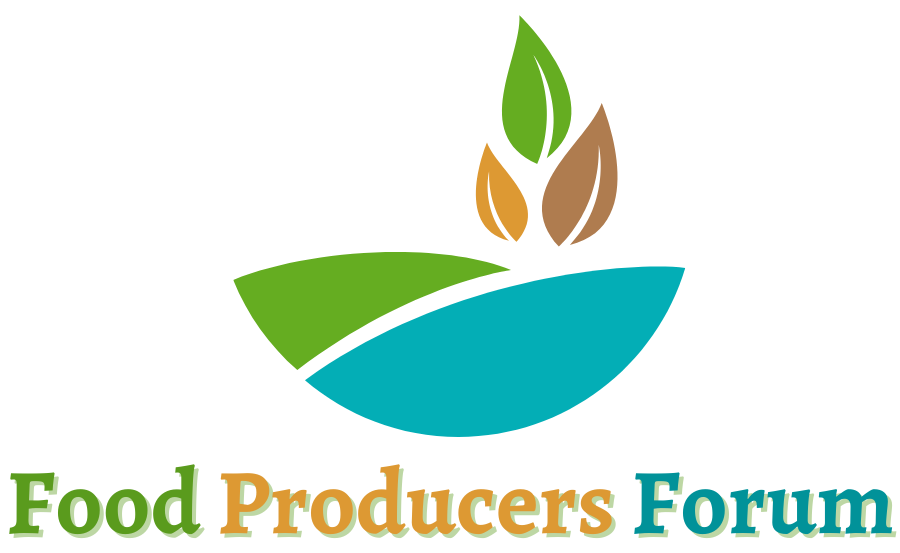In the last article, we talked about three of the more common styles of Hydroponics: NFT (Nutrient Film Technique), DWC (Deepwater culture) and Aeroponics. We left one more popular style out of that article, a type of hydroponic system called Ebb and Flow.
Ebb and flow systems repeatedly flood a grow area with nutrient-laden water, then automatically (passively) drain that water back to the source tank for recirculation. Some Ebb and Flow systems flood an area where plants are growing in media like rocks or clay pebbles, while others may flood an area in which a raft filled with individual plants is growing in isolated media (generally for larger plants like fruit and marijuana).
Source: https://greencamp.com/ebb-and-flow/
When used for larger plants, as shown above, the plants usually sit in a large rockwool slab which gives the plants a medium for their roots to penetrate and also supports the plants. When water floods the tray, these rockwool slabs absorb and hold some moisture for prolonged uptake over time.
However when the tray is filled with a finer medium like clay pebbles or gravel, the plants are transplanted and spaced similarly to how they would be planted in soil or in a DWC raft system. Their roots will penetrate the growth medium for structural support of the plant. However when the source water drains away, the roots sit ‘dry’ in the medium, now surrounded by air but in the absence of water.
This is quite a unique feature because, as the water flows out of this medium, a pressure vacuum is created, and the air above the surface is pulled down into the space between the rocks/pebbles (interstitial space) filling the space that the fluid occupied. This is beneficial to the roots as they get a chance to absorb oxygen in the air before it’s pushed out again by the rising water. The water generally is set to Ebb (flood) and Flow (drain) on a 20-minute cycle, but this can vary depending on the crop’s water demands.
Source: https://www.thegrowhub.com/ebb-and-flowflood-and-drain.html
There are two more unique advantages to this design of Ebb and Flow systems – extra mechanical filtration and high surface area for (good) bacterial growth.
Sometimes plant matter or debris will end up in the systems source water tank, so most systems are outfitted with mechanical filters (screen filters) to screen out all of those solids so they don’t clog the water lines or drains in the plumbing. Ebb and flow systems add an extra layer of mechanical filtration to the process, because fine media in the trays/beds can trap some particles that are in the water, preventing them from entering the plumbing.
This trapped debris will break down further over time when stuck in or on the medium and become less of a problem for the plumbing than smaller particles. But, as you might imagine, the medium will have to be cleaned over time if this is a major method of filtration for your system. This will become a key element in Aquaponics systems, that we will touch on when discussing Aquaponics in another article!
Most growers are concerned about the buildup of bacteria in their Hydroponics systems, and that’s understandable as some bacteria can be quite harmful to humans when we consume food grown hydroponically. So growers must do all they can to reduce bacterial growth, by using UV light to ‘sterilize’ the water. However, bacteria can also be a beneficial part of a healthy hydroponics system, as long as they are the right type of bacterium, in the right concentration. The high surface area of growing media in an ebb and flow system is a good breeding ground for beneficial bacteria, and this will be a key for Aquaponics as well.
